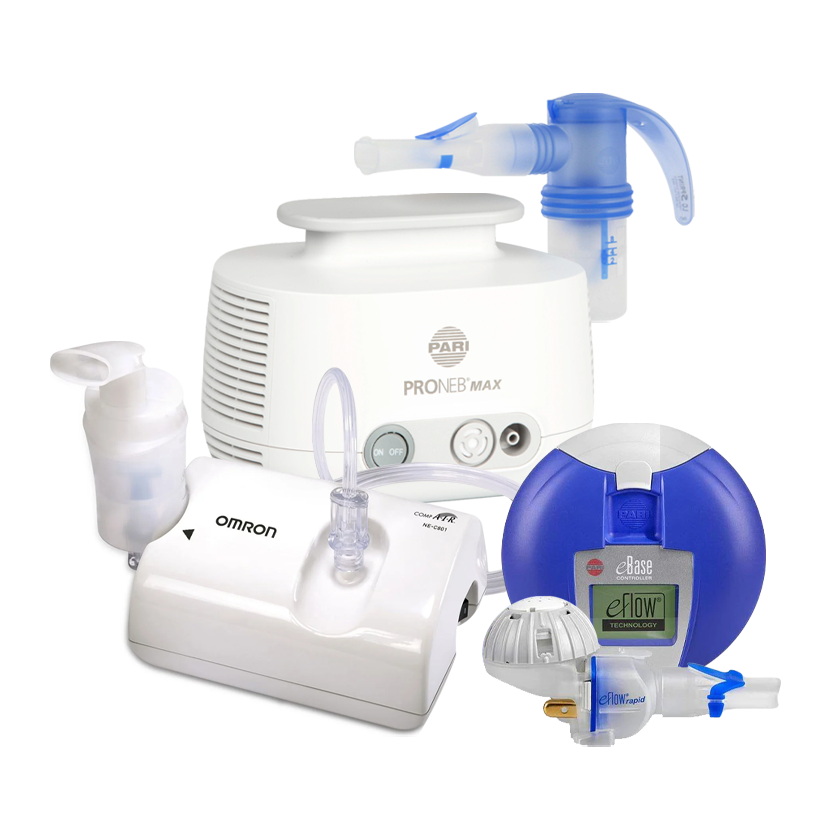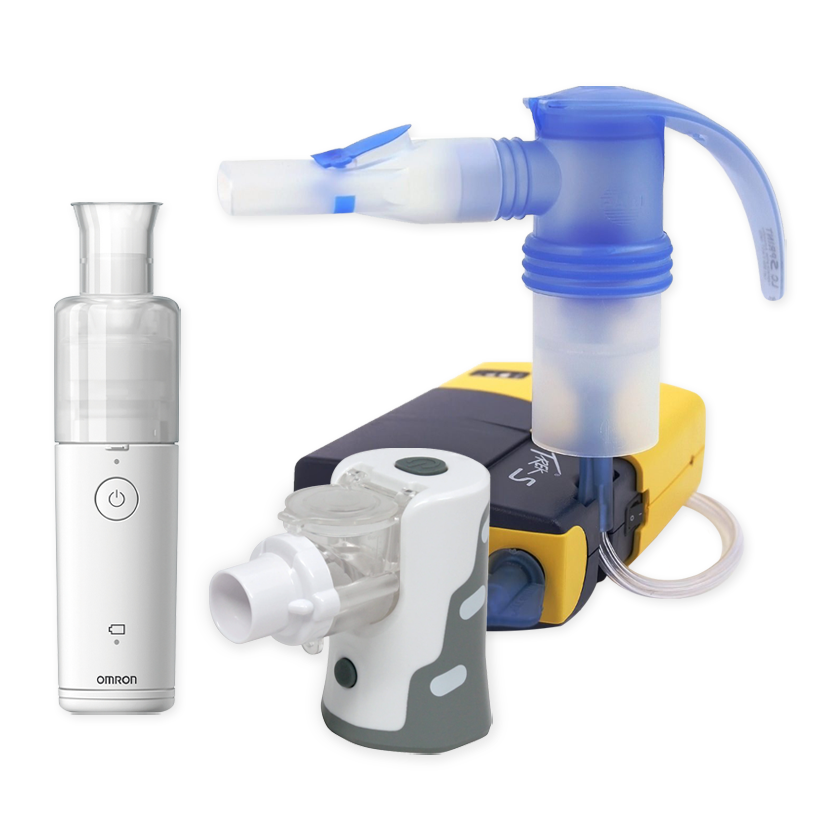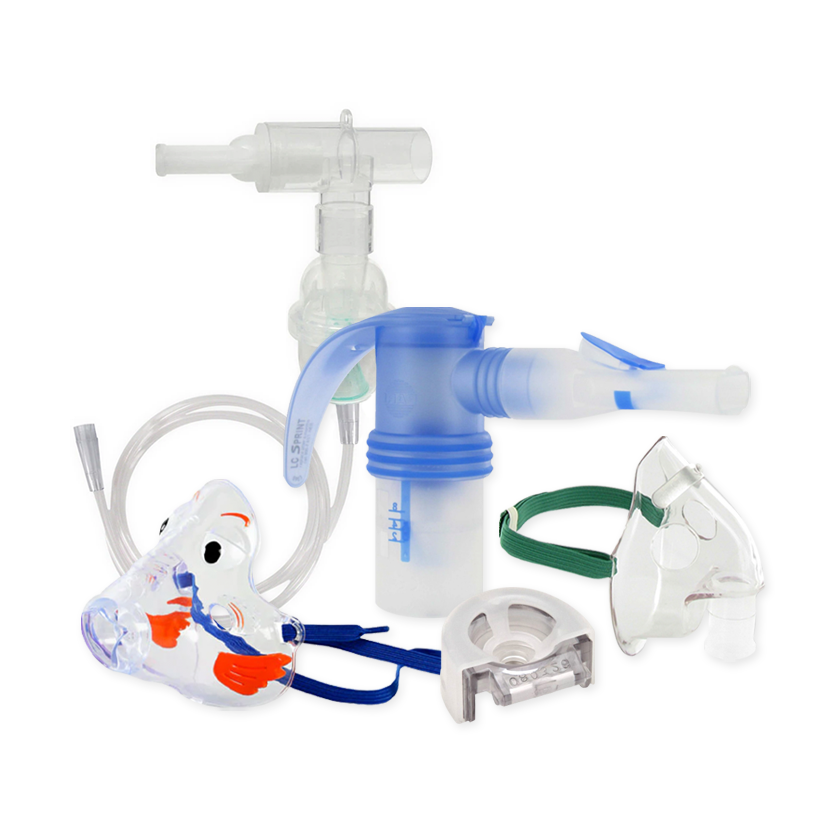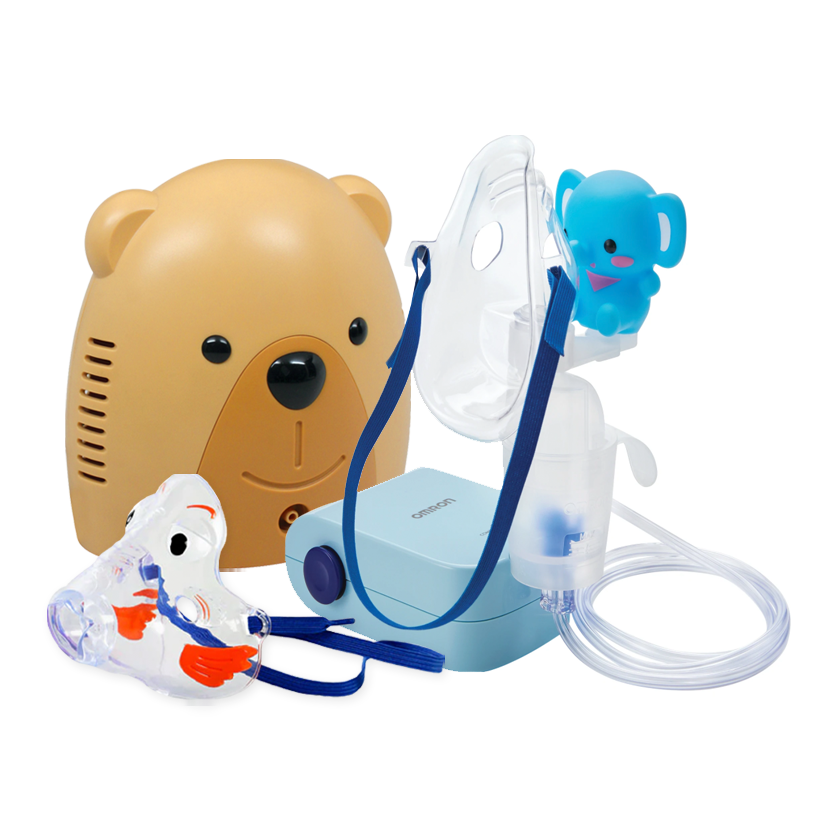Your Cart is Empty
Free Shipping on all orders over $75!
Menu

Free Shipping on all orders over $75!
Nebulizer Systems
Travel Nebulizers
Nebulizer Accessories
Just For Kids
Oxygen Supplies
Easy Way to Monitor Your Temperature
June 30, 2020 2 min read

An increase of your normal body temperature is a quick way to assess illness. Having a fever is a signal that something is going on with your body. Fever seems to play a key role in fighting off all kinds of infections. Individuals with asthma or allergies may have cough, congestion or difficulty breathing. There would not typically be fever associated with this. If there is a fever with these symptoms, it is cause for concern.
A quick and easy way to the temperature of everyone in your family every day is with an Infrared No-Touch Thermometer. In a second, you can point the thermometer at your child (or yourself) and make sure the body temperature is normal. These Infrared No-Touch thermometers are what public day cares, schools, etc will be using to monitor children’s temperatures. You can inexpensively have your own at home and make your own assessment before exposing yourself or your child to others.
The Infrared Thermometer is perfect for infants, children and anyone who has difficulty with cooperation. Taking an oral temperature in children is difficult because it takes longer and they must be able to hold the thermometer in their mouth, ideally under the tongue. You must wait at least 15 minutes after eating or drinking in order to get an accurate oral temperature.
Rectal temperatures have long been a gold standard for infants, but can be uncomfortable, take time and experience. A forehead temperature, not touching the skin, doesn’t disturb the patient and can even be done while the child or adult is asleep.
Normal body temperature can vary throughout the day. It typically is lower in the morning and higher in the late afternoon and evening. Your temperature can vary from the normal (98.6F) by a degree or more and still be considered normal (from 97 F to 99F). Taking your own temperature at various times of the day when you’re feeling well will help you to determine your own “normal” body temperature.
In children and adults, a temperature of greater than 100.4 is a low fever. In infants less than 3 months with a fever of 100.4, your pediatrician should be notified. In older children and adults, a fever of 102, especially if associated with other symptoms, is a reason to contact your health care provider.
Knowing your own temperature is a simple way to monitor your health and identify any illness symptoms early.
Subscribe
Sign up to get the latest on sales, new releases and more …
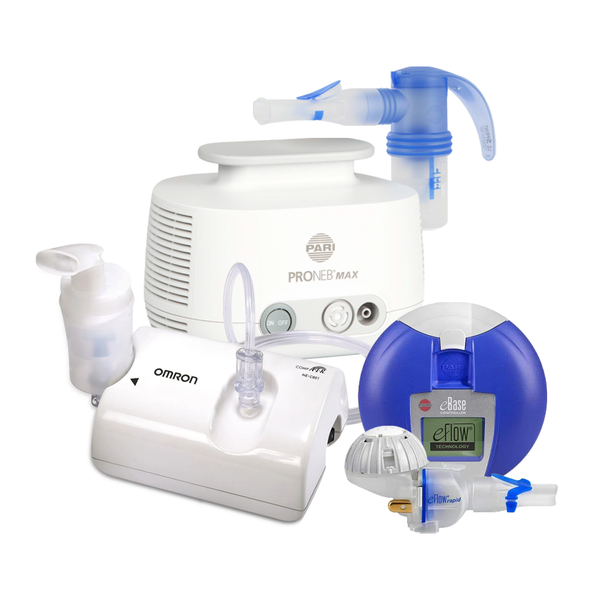
NEW CUSTOMERS SAVE $5 OFF YOUR FIRST PURCHASE OF $20 OR MORE
Code will be sent to email entered if applicable
SIGN UP FOR FUTURE SALES, NEW PRODUCTS AND ANNOUNCEMENTS
{"themeColor":"#061f77","iconColor":"#061f77","showLogo":true,"topBottomPosition":0,"rightLeftPosition":5,"iconSize":"large","iconCustomSize":64,"position":"middle-right"}
